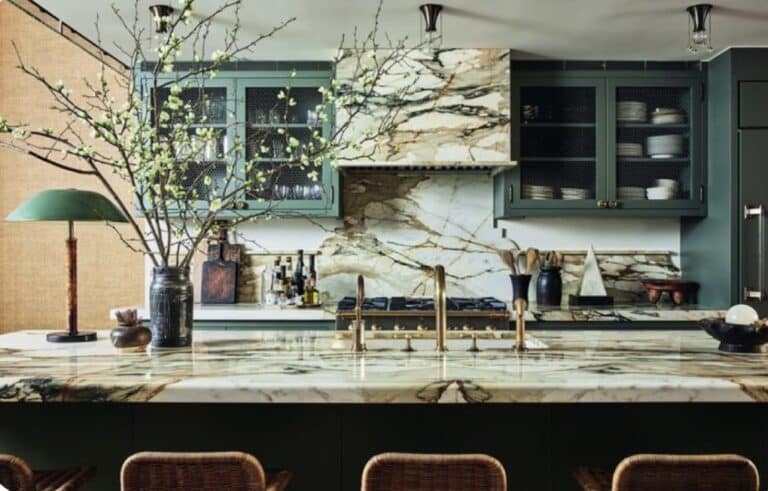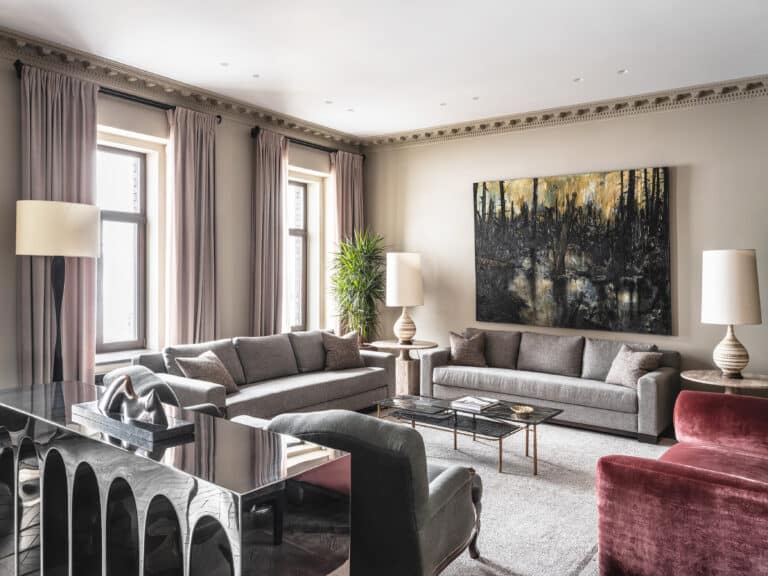How to design a home office?
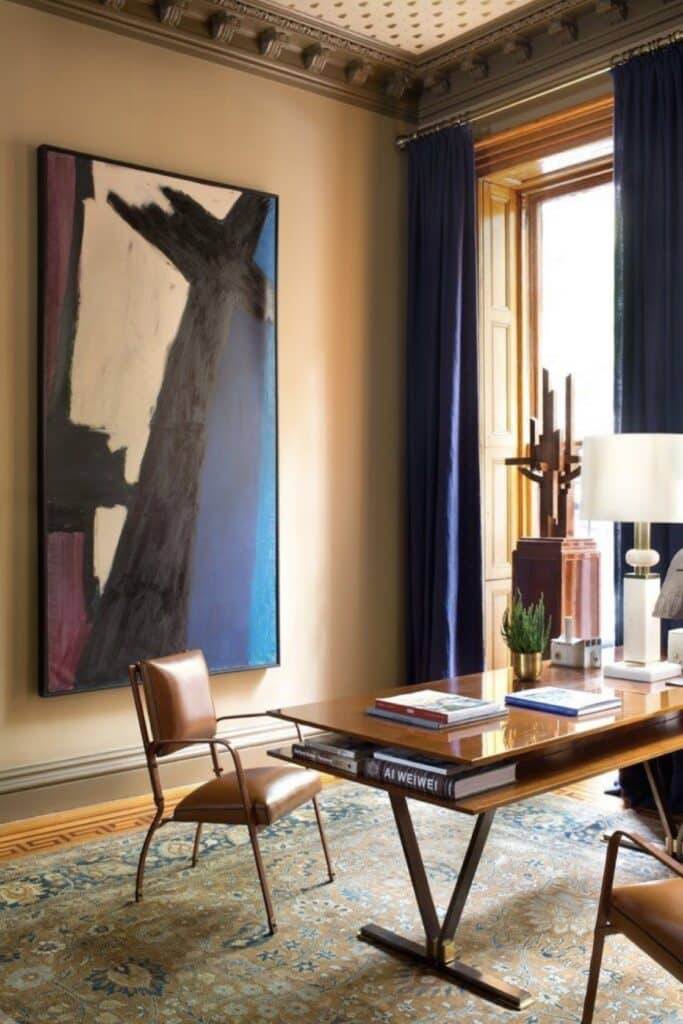
The COVID 19 pandemic has changed the way we work. We now spend much more time away from the office than ever before, much of it at home. This paradigm shift has led us to organise ourselves differently, and to remain more agile at a distance.
From a practical point of view, it was necessary to reinvent the existing space at home.
Our « office », whether it is a separate room or a corner in the bedroom, must be designed intelligently and tastefully in order to feel good and be efficient.
The decoration, too often neglected and disrupted by furniture that is supposed to be practical but often soulless, does not always encourage concentration. So what can we imagine as interior design to make us want to work there?
Set up an office in a dedicated room or in a corner of a living room
Where possible, the purpose of this new room allocation is usually to allow for ideal teleworking in complete peace of mind. However, this isolation does not mean that you have to break with the decoration of the adjoining rooms. On the contrary. Elena Kornilova interior designer Paris explains that when rooms are connected, without a separate corridor, it is preferable to use identical or fairly similar colours both in the office and in nearby spaces in order to give a coherent whole.
Of course, it all depends on the taste of the owners of the premises as to the choice of interior palettes to be worked on, as well as the covering materials applied to the floor, walls and ceilings.
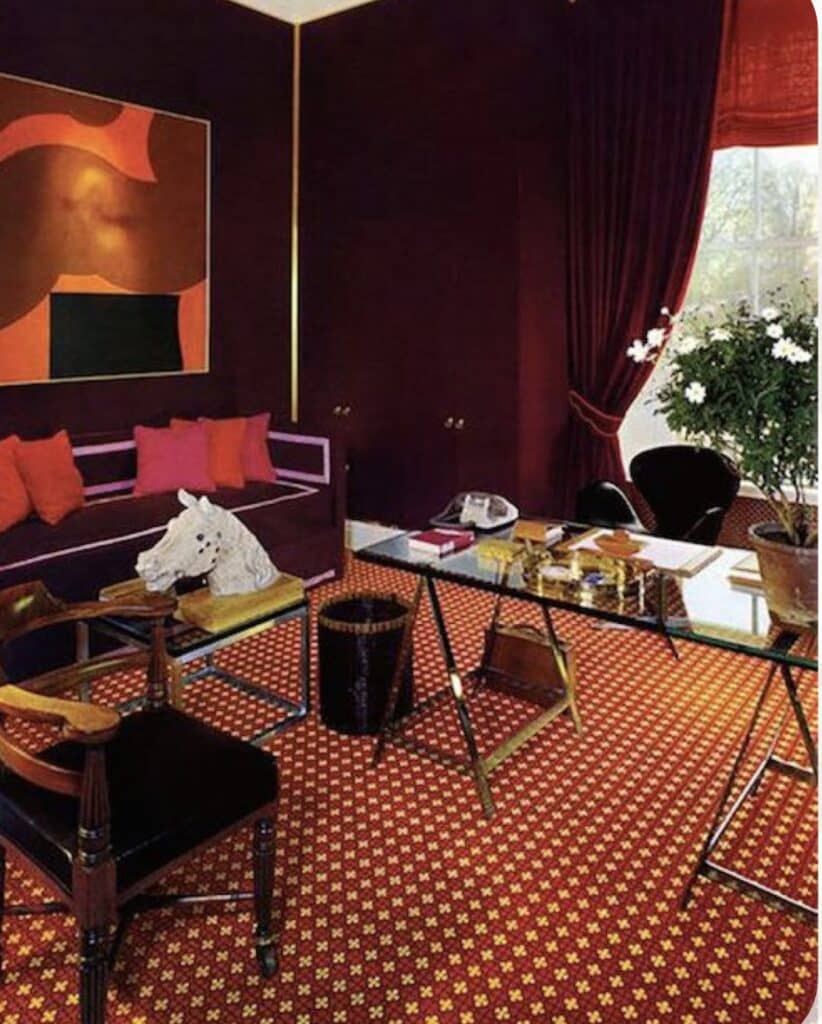
or softer, neutral tones with luxurious, sophisticated textures of wood, suede, cashmere and leather, like this piece designed by high-end interior designer Elena Kornilova:

Interior designer Paris Elena Kornilova
The compromise is to opt for a discreet background and bright accents. A picture on the wall, for example, will provide the necessary touch of colour.
A vintage chandelier and window hangings, instead of track lights and blinds, will also accentuate the liveliness of the room, as will a sculpture on the desk and decorative objects on the shelves.
It is important to try not to overload the decorative elements of the room.

How to choose your furniture?
For effective teleworking, it is necessary to organise a dedicated and practical workspace. The monumental desks of yesteryear are now giving way to lightweight, modular models with integrated cable management, wireless chargers, USB ports and power outlets for increasingly compact digital ‘devices’…
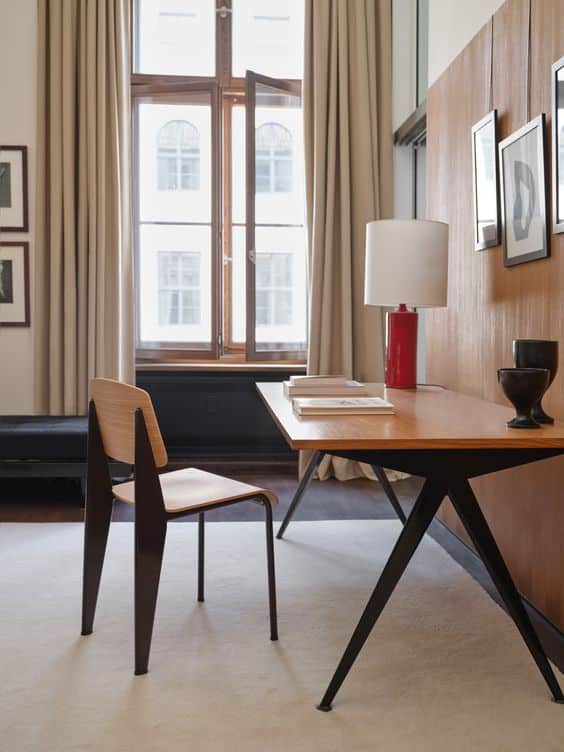
If space is at a premium, you can also opt for a slightly larger dining table that can also be used as a work area, such as the Tulip by Eero Saarinen.
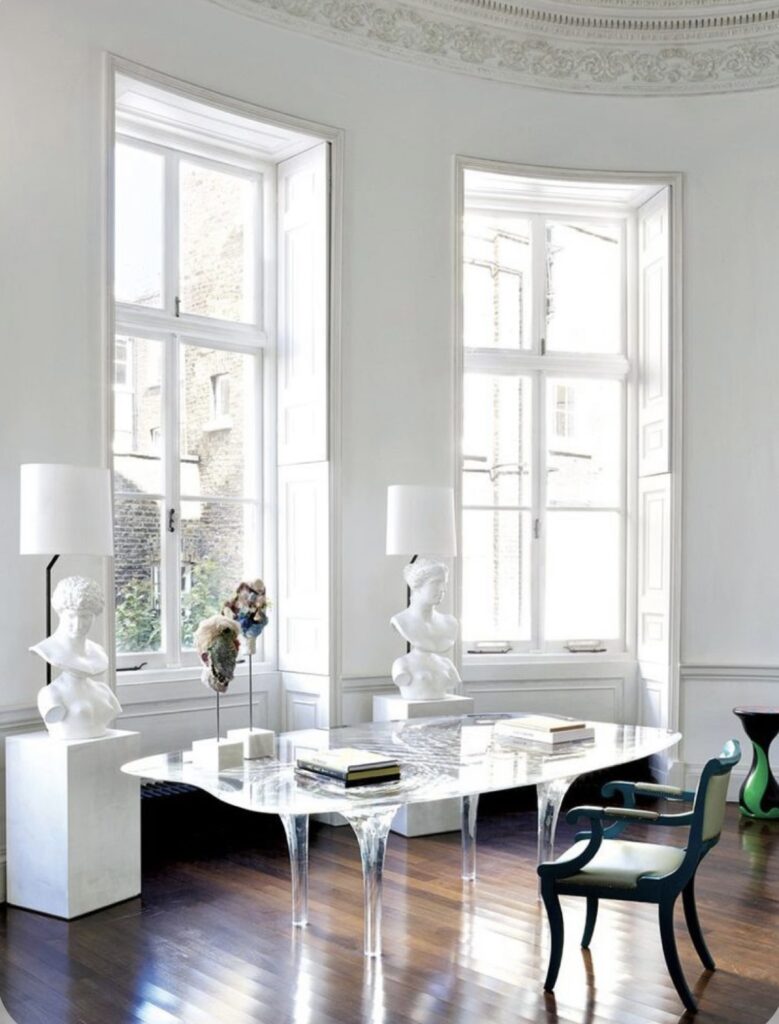
Dining table designed by Zaha Hadid and used here as a desk
Elena Kornilova interior designer Paris says that office chairs should not be neglected, even if they do not contribute as much as other pieces of furniture to the desired overall atmosphere. The more time spent in the workspace, the more important it is to opt for a quality ergonomic chair with individual, tailor-made adjustments in order to preserve the body’s morphology and avoid musculoskeletal disorders.
In terms of interior design, there are fortunately now many models that will fit in with your interior, with a multitude of choices of fabrics, leathers and related colours.
The many interior design magazines, often with Parisian renovations, feature many cult models, such as those of the star design couple Charles and Ray Eames, who changed the face of 20th century furniture and architecture.
George Nelson and other contemporaries such as the master of elegant luxury Antonio Citterio or the intellectual aesthete Konstantin Grcic are often cited.
Also noteworthy is the comfort and ergonomics of the Barbuda Lounge Chair model by LIAIGRE brand, which has the quality to sublimate any space.
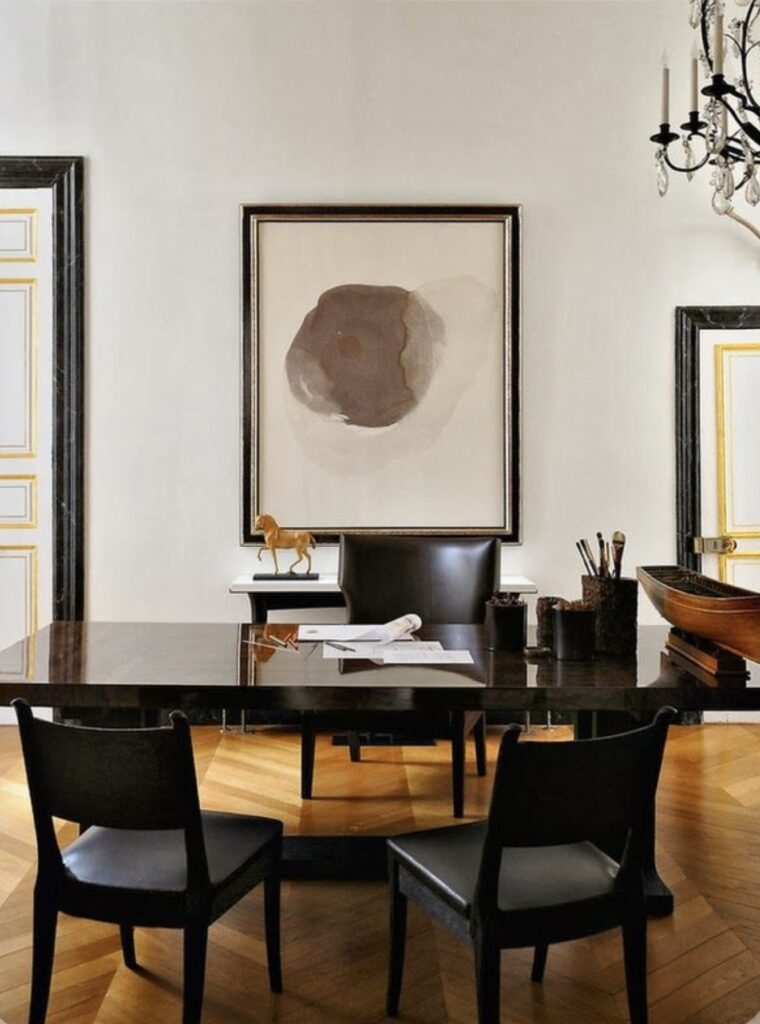
Interior design Paris
The placement of furniture in the room
The way you place your furniture in the room will influence the way you work. Even if the room doesn’t have an inspiring view of the outside, such as a soothing landscape or a pretty, bucolic garden, there’s no need to put your desk on the wall. Elena Kornilova interior designer Paris points out that it is also possible to arrange the furniture so that natural light hits the back and the person sitting faces the door to welcome visitors.
The modern office is often compact and most information is stored on electronic media. Nevertheless, certain types of activities always present storage needs within easy reach, such as shelves or bookcases of varying size, which also make it possible to place certain works of art or reference books, in order to provide clients or videoconference participants with a background suited to the exercise of their activity.
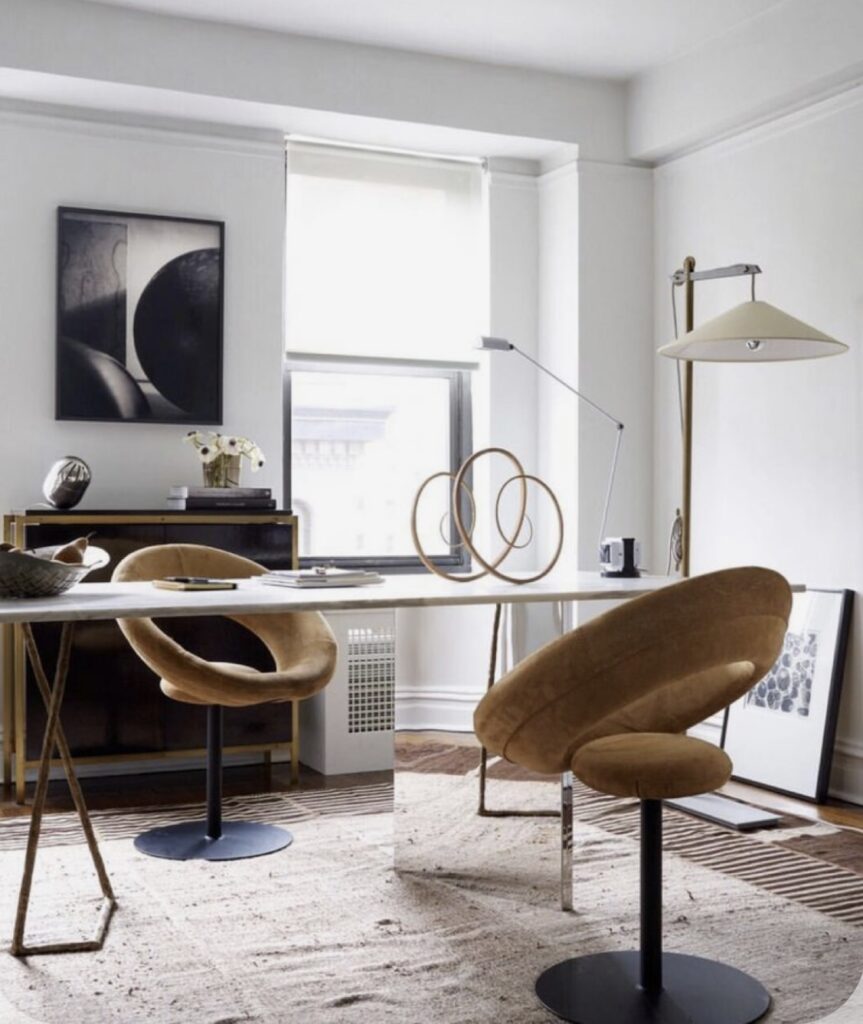
Renovating Paris
As for lighting, which is often neglected by owners when they move in, it will generally be the priority of interior designers, who will intelligently mix natural and artificial light.
In general, Elena Kornilova interior designer Paris advises working near a window – unless bright light is a problem for the activity (e.g. graphic designers or photo retouchers).
The intensity and type of lighting directly influence our productivity and mood. A window not only provides natural light, but also allows you to escape from the room for a while. It is both a psychological relief and a relaxation exercise for the eyes.
As far as artificial light is concerned, the general rule is to provide both a peaceful ambient light and a sufficient local light source to work effectively. A floor lamp facing the office but with an inverted bulb to light the ceiling, as well as a desk lamp, may already be sufficient.
The international pioneers of interior lighting have worked not only on form, but also on technology and the quality of light. Take, for example, the iconic « Arco » by Achille and Pier Giacomo Castiglioni, produced by the Flos Group.
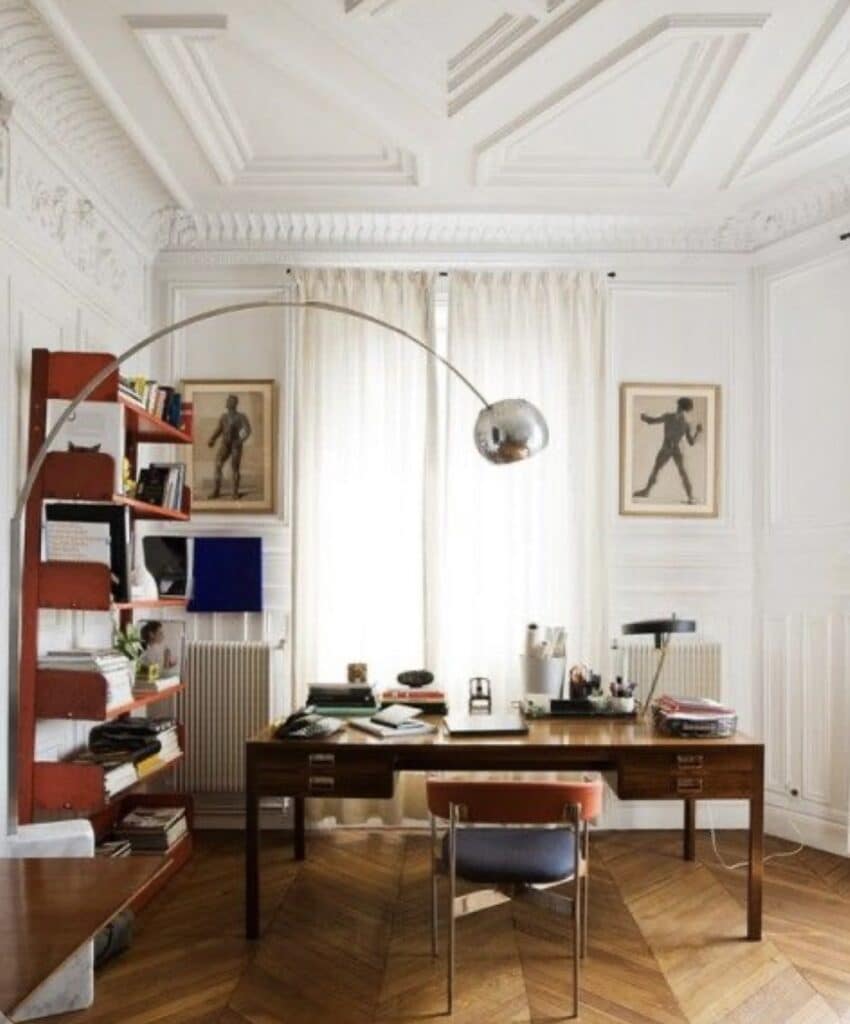
Renovating haussmanien – Interior designer Paris




